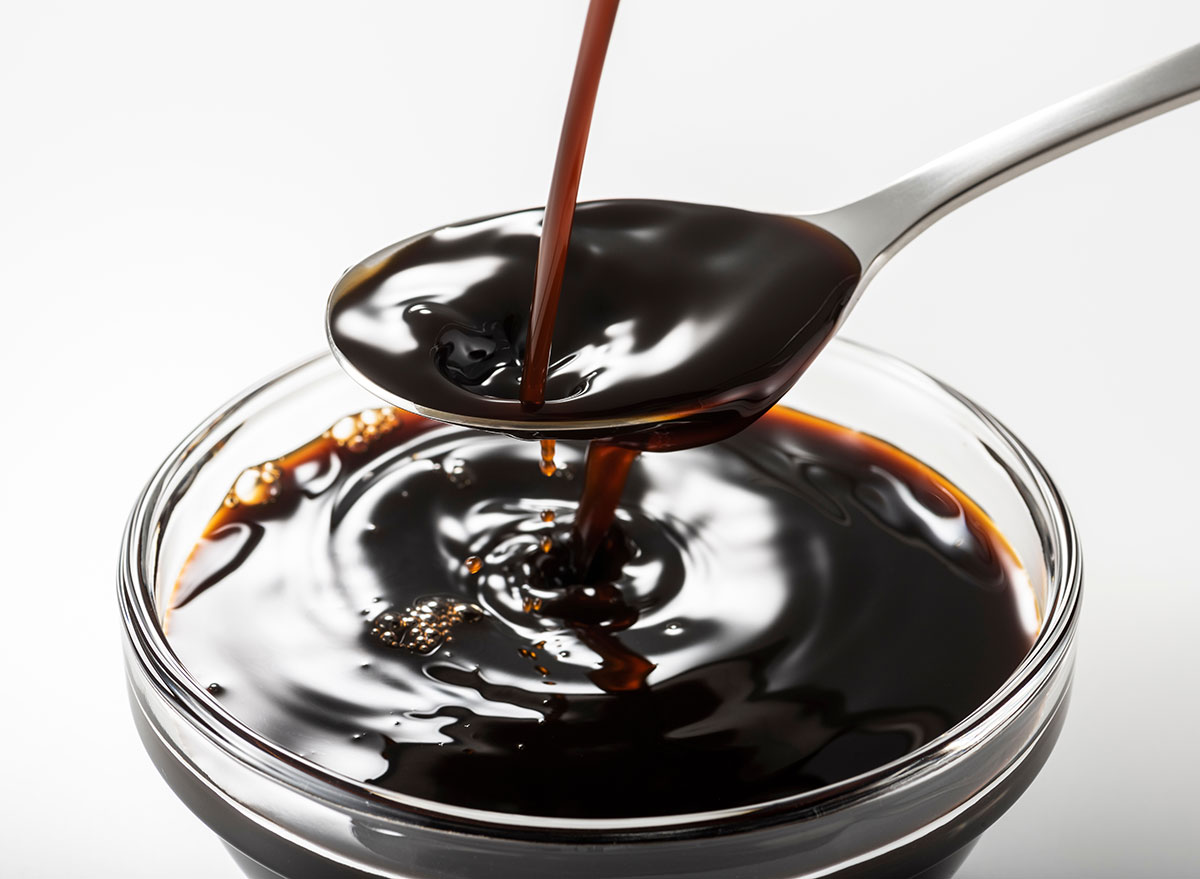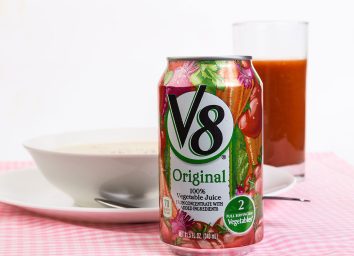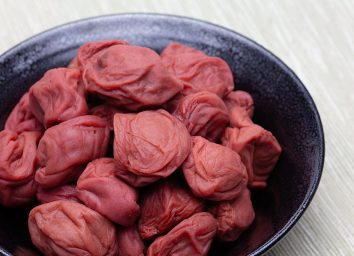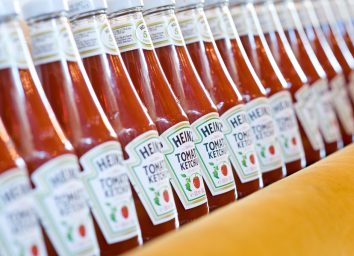What's in Worcestershire Sauce, and How to Use it to Flavor Your Food

It hangs out in your pantry or maybe even your refrigerator, wrapped in its signature brown paper, sometimes waiting months or years to be used. But, do you really know what Worcestershire sauce actually is? The United States uses more Worcestershire sauce than all the other countries combined, but we don't seem to understand the depth of this flavor enhancer. Let's clear up the mystery.
Where does it come from?
Worcestershire sauce was invented in 1837 in England. It actually began production in 1835 when a British officer, fresh from his assignment in Bengal, India, brought a sauce back to England that he couldn't live without. He asked two chemists to recreate the flavor, but the result was less than ideal. They stored the concoction down in a cellar, disappointed that they couldn't recreate the flavors.
A few years later, someone noticed the sauce bottles while clearing the cellar. They gave the sauce one more try and tasted it. Much to everyone's surprise, the time was a key factor in adding depth that the sauce needed, and the result was delicious. Lea & Perrin's brand was launched, selling their Worcestershire sauce to home cooks around Europe. The immensely popular sauce was brought to the United States in 1839 and has the distinction of being the first bottled condiment in the United States.
How is "Worcestershire" pronounced?
As far as pronouncing the name of the sauce, according to the Lea & Perrin's website, three ways are acceptable. You can say 'WUST-ter-shire', 'WOOS-ter-sheer' or 'WOOS-ter-sher' and all are considered correct. Now that you can pronounce it, you should start using it more!
What's in Worcestershire sauce?
The official recipe for Worcestershire sauce isn't public knowledge. Ashley Delaney, Associate Director of Dressings and Pasta at Kraft Heinz, the company that purchased the rights to Lea & Perrin's in 2017, reveals the main flavor-base in the mix, "The product includes distilled white vinegar, molasses, sugar, water, salt, onions, anchovies, garlic, cloves, tamarind extract, chili pepper extract, and a secret blend of spices. The recipe remains a closely guarded secret and only a privileged few know the exact ingredients."
At the Lea & Perrin's factory, they make Worcestershire sauce the same way they always have. Onions and garlic are pickled in large vats in malt vinegar for up to two years. They liquify and meld into the vinegar, combining their flavor. Cured anchovies are added into the mix, as well as salt, sugar, white vinegar, more malt vinegar, tamarind concentrate, molasses, and a secret spice blend. These giant blending tanks agitate the mix and they make their way into a holding container to ferment and marry their flavors. After aging, the liquid is strained and pasteurized to create a smooth product. It's worth noting that their Worcestershire sauce is gluten free.
Worcestershire sauce has no artificial ingredients. The vinegars in the mix are naturally anti-microbial, and it doesn't need to be refrigerated as long as its kept in a cool, dark place. Some people prefer to keep it in the fridge, which is fine. It can last up to four years opened without changing flavor. Without cracking the seal, Worcestershire sauce never goes bad.
Can you substitute it with anything?
Now that you know the approximate ingredients in Worcestershire sauce, you probably have a better understanding of what you might use to substitute for it in a pinch. The flavor profiles in the sauce are vinegary, umami, and sweet. The following ingredients and some combination of them would evoke similar flavors and work well as a substitute for Worcestershire sauce:
- hoisin sauce
- soy sauce
- sugar
- vinegar
- lemon juice
- ketchup
- miso paste
- fish sauce
- oyster sauce
- anchovies or anchovy paste
- molasses
What are the most popular brands?
Lots of brands are available. The classic from Lea & Perrin's, is still made using the original technique developed in the 1800's. The McCormick Company distributes French's brand, which has soy sauce listed as one of their ingredients. Wan Ja Shan makes an organic, vegan version, leaving out the anchovies from their recipe.
Ashley sees Worcestershire sauce used for everything from dinner to drinks, "People most frequently use it for marinating things like steak, and flavoring burgers, meatloaf, stir fry, or meatballs. They also put it in Bloody Marys. In the United Kingdom, they especially love it on cheese and toast."








